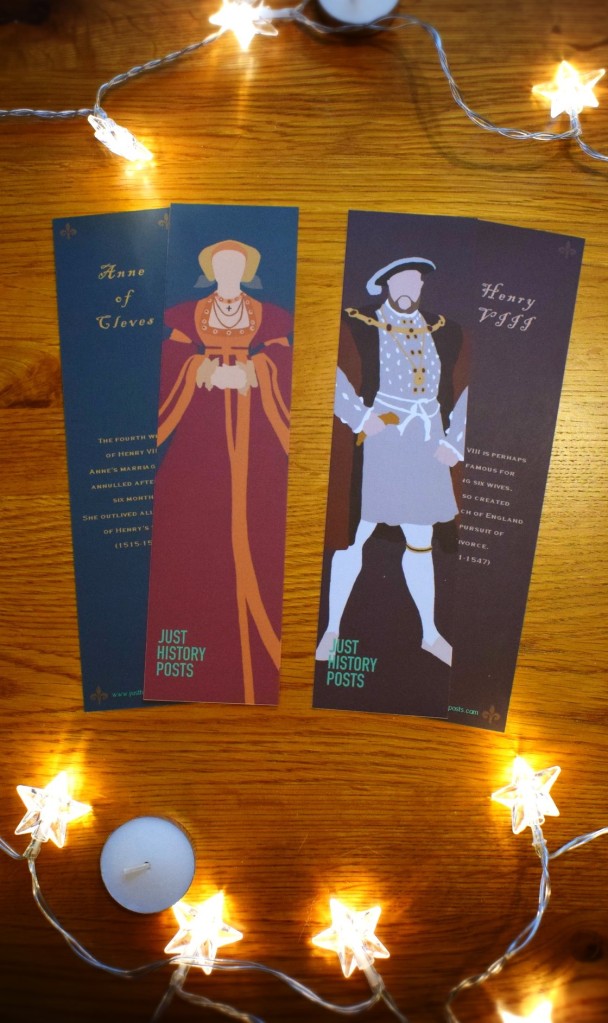Today is Valentine’s Day, a centuries-old holiday celebrating love, strangely on a day commemorating someone’s execution. From the late medieval period in Europe, when courtly love and chivalry were at their peak, it became popular to think of romantic love on this day. By the 18th century, the day had become a time for lovers to exchange gifts, but it was only during the Victorian period that mass-produced greeting cards developed – a tradition that continues today. So how could one show the depth of their love during an increasingly commercialised holiday? Why, with cobwebs of course…

People tended to be a lot more crafty during the 19th century. Women of leisure had time for needlework, and both men and women who had the time and means to do so would relax by painting or enjoying other arty pursuits like reading and music. Just as today, where people may turn to handmade gifts to show a personal touch rather than buying any old tat from the supermarket or online retailer of your choice, the growth in mass-produced Valentines conversely gave an opportunity to return to old-fashioned letters.
Instead of buying a card from a shop, a lovestruck member of 19th-century society may sit at their desk with paper, string, and a craft box. By carefully snipping away at the paper and assembling various pieces together, they could make a cobweb valentine. The idea was to make a card that appeared to be one thing, but that could be changed to reveal a secret message or image. Thin white tissue would sit on the top of the card, with minute cuts hidden within. When a string was pulled upwards, the paper would concertina and reveal something hidden below – often a beautiful painted image. The image could be a painting of the sender or receiver, or it could be a variety of symbols representing love such as flowers or birds.

As time went on, and the Cobweb Valentines increased in popularity, more and more complex designs were created, sometimes aided by machines. Another image may be formed on the top layer of paper, or the cobwebs could be hidden behind other twisted bits of paper to create multiple layers to the hidden message. One of the most unique and difficult designs was the double cobweb where two cobwebs may be placed side-by-side or one on top of another. These could create the opportunity for multiple messages and scenes.

Enjoying this blog post? Buy me a hot chocolate!
Consider donating the cost of a hot chocolate to me, so I can continue to write and run Just History Posts.
£3.50
One exquisite example from the Metropolitan Museum of Art shows a landscape scene of a river with Venetian bridge, gondola and a church. When the cobweb is lifted, a closer scene shows a woman disembarking from the boat helped by a man and being guided by Cupid. When the cobweb is lifted higher, a smaller cobweb inside this second scene is revealed, which lifts up with the outer cobweb to reveal a final scene of a Cupid presenting a heart to the woman in the gondola. They created a fantastic gif showing how it works which you can see here.

It is no wonder that Cobweb Valentines became so popular in the 19th century. It is estimated that across the mid-1800s 60,000 of these Valentines were sent. It was during this time that developments in technology had made paper a lot more affordable for everyday people, and the efficient service of the British postal service combined with the introduction of the world’s first postage stamp in 1840 only made sending letters and cards all the more easy and affordable. The year after the introduction of the Penny Black stamp, 400,000 Valentines were posted in England alone.
Of course, as with any new popular trend in any era, there were critics of this new obsession with Valentine’s cards. In 1856, the New York Times published a scathing criticism of the phenomena, declaring that “they only please the silly” and were mostly “cheap and indecent”. Indeed, not all were romantic messages, with one bizarre 1855 card carrying the message “I’ll get married but not to you” being created by one of the most successful Valentine producers. In general, though, the West became besotted with the cards and used an unending array of techniques and ideas to perfect their visions.
A selection of Cobweb Valentines, as well as the 1855 card mentioned above. In order: An 1817 Cobweb Valentine from the British Postal Museum & Archive; an 1855 Valentine by Esther Howland from The Huntington Library via the Guild of American Papercutters; A cobweb Valentine from about 1845 from The Huntington Library via the Guild of American Papercutters; A French double Cobweb Valentine, the British Postal Museum & Archive.
Humans are generally romantic creatures, and for centuries we have used the written word to proclaim our love for each other. Though many despise Valentine’s Day for its overt commercialism, or for the reminder that they are single in a world that prizes companionship, others enjoy it for the excuse to spoil the ones they love. From the first known written Valentine all the way back in 1415, penned by a captured Duke of Orleans to his wife, letters and poems have become associated with this day on the 14th February. With the advent of the Industrial Revolution making letter writing more widely available to all classes in society, people could let their imaginations run wild. Whatever you think of the day, there is no denying the beauty and ingenuity of Cobweb Valentines.
Previous Blog Post: A Brief Moment of History: When Napoleon Took on Rabbits
Previous in Seasonal: Women’s History Month 2021: Celebrating Female Historians (Part 2)
You may like: Medieval Dating Tips; or, How to Bag Yourself an Eligible Lord or Lady
List of Blog Posts: here Blog Homepage: here
Buy my books via the pictures below! Or why not check out our shop?

Follow us:
Read more:
https://www.metmuseum.org/blogs/now-at-the-met/2017/valentines-day-romance-of-cobwebs
https://mymodernmet.com/cobweb-valentines-victorian-age/
https://www.litchfieldhistoricalsociety.org/wp-content/uploads/2021/02/Litchfield-Historical-Society-Cobweb-Cards.pdf
https://mollybrown.org/wp-content/uploads/2021/02/Will-You-Be-My-Valentine-At-Home.pdf
https://papercutters.org/three-centuries-of-valentines-offer-12000-ways-to-say-i-love-you/
https://www.history.com/news/historys-oldest-known-valentine-was-written-in-prison









Fascinating I would love to see a cob web card!
LikeLiked by 1 person
Me too! They look wonderful
LikeLike
These are lovely. Thank you.
LikeLiked by 1 person
Glad you enjoyed! I think they are lovely too
LikeLike